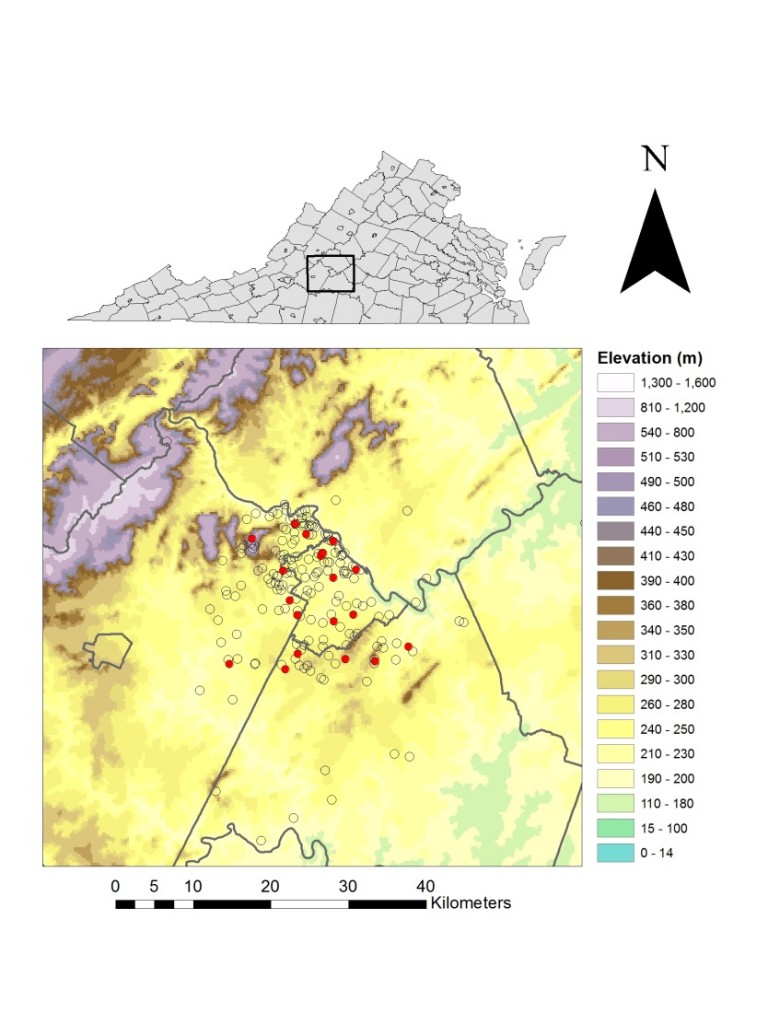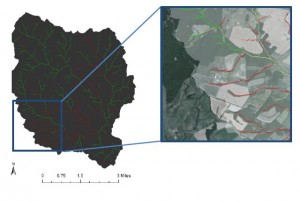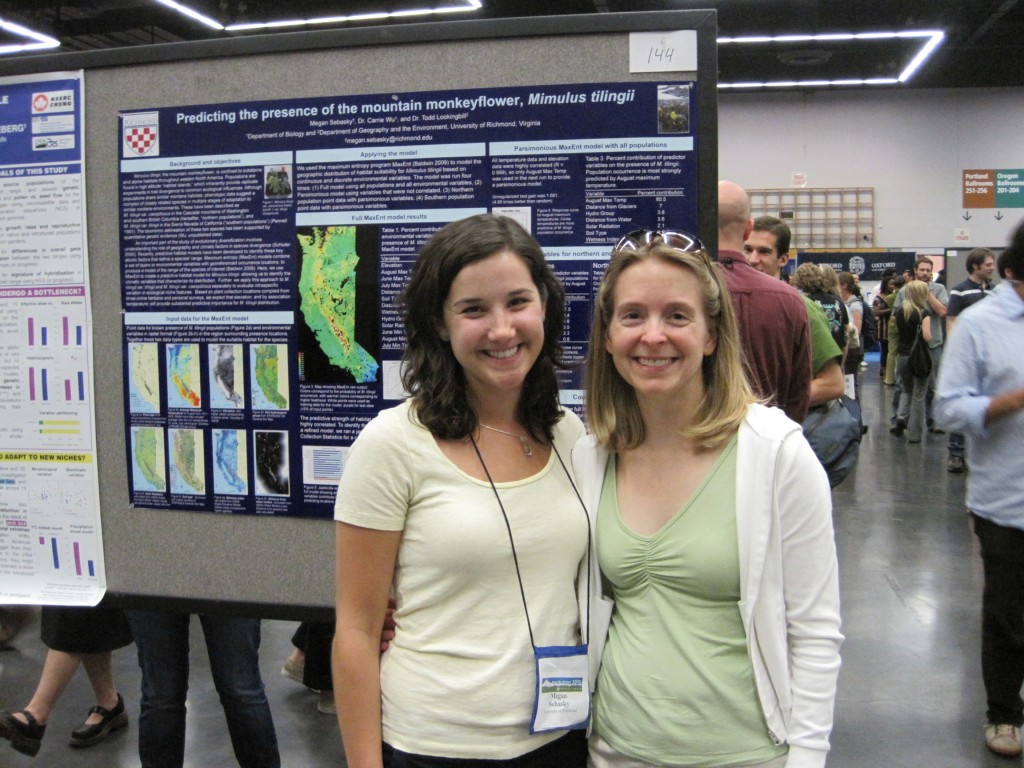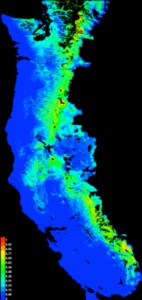Identify is a monthly series here on the SAL blog, focusing on students, faculty, and alumni of University of Richmond who have used GIS in exciting ways. Come by each month to learn more about the interdisciplinary nature of GIS here at UR.
Over the past year, the Spatial Analysis Lab has explored new uses for mobile GIS, including using the ArcGIS App to collect and analyze spatial data. That’s why were especially excited when Associate Professor of Music and ethnomusicologist Dr. Andy McGraw approached us and asked for help with an assignment he was envisioning.
Dr. McGraw taught two ethnomusicology-related classes this year: “Cultural Musicology” and “Soundscapes.” For these classes, Dr. McGraw wanted to elucidate “the relationship of sounds to [the City of Richmond’s] geography in a very specific way.” To achieve this goal, he instructed his students to leave the campus of University of Richmond and find sound and music throughout the greater Richmond area. Yet Dr. McGraw needed a good way for his students to record their findings: after all, sounds are inherently tied to a place, so knowing exactly where the students heard these sounds could contribute toward constructing this aural landscape of Richmond.
As a solution, we recommended having students use the ArcGIS App to collect data points while in the field. Dr. McGraw said he had heard of using GIS-based techniques to collect sound data before, but had never used GIS and did not know all that was possible—we were glad to introduce the technology to him!
To achieve his goal, we first used ArcGIS Online to create a blank map and then added an editable feature service hosted on our web server. The feature service not only allowed students to record their exact location on the map but also to input data related to that location, such as the place’s name, the type of sound present, or the decibel reading (a measure of “loudness.”) We also gave students the option to upload photos, videos, or sound files.
The students then journeyed into Richmond and found instances of sound and music. While there, they launched the App on their GPS-enabled smartphones and collected information about that place and the sound they were hearing. Moreover, as students added new points to the map, those points automatically showed up on everybody else’s devices. In short, the classes used live, crowdsourcing techniques based in GIS.
While both classes successfully and easily recorded locations of sound around Richmond, this project is far from over. Prior to undertaking any serious analysis, says Dr. McGraw, at least three years’ worth of classes will explore Richmond and collect sound and music data; these classes will build upon and add to the data collected this year. Dr. McGraw wants to allow so much time for data acquisition, he says, because it’s hard as of yet to see any specific trends, despite the hundreds of points collected by this year’s students—there still isn’t enough data.
To further increase the number of sound and music locations, Dr. McGraw hopes to teach other individuals outside of his own classes how to collect points with the mobile app: students in other classes at UR, citizens living and working in Richmond, and hopefully even students at Virginia Commonwealth University. Truly, Dr. McGraw is undertaking a community project; our GIS infrastructure is ready to support a variety of users.
Finally, once Dr. McGraw and his students can start identifying trends, they hope to display the fully interactive maps on touch-screen video monitors in Booker Hall of Music on the UR campus. The Spatial Analysis Lab looks forward to helping Dr. McGraw over the next few years as he works on this project, and we will always be looking for ways to improve and supplement the sound maps so as to reveal as many insights as possible!





